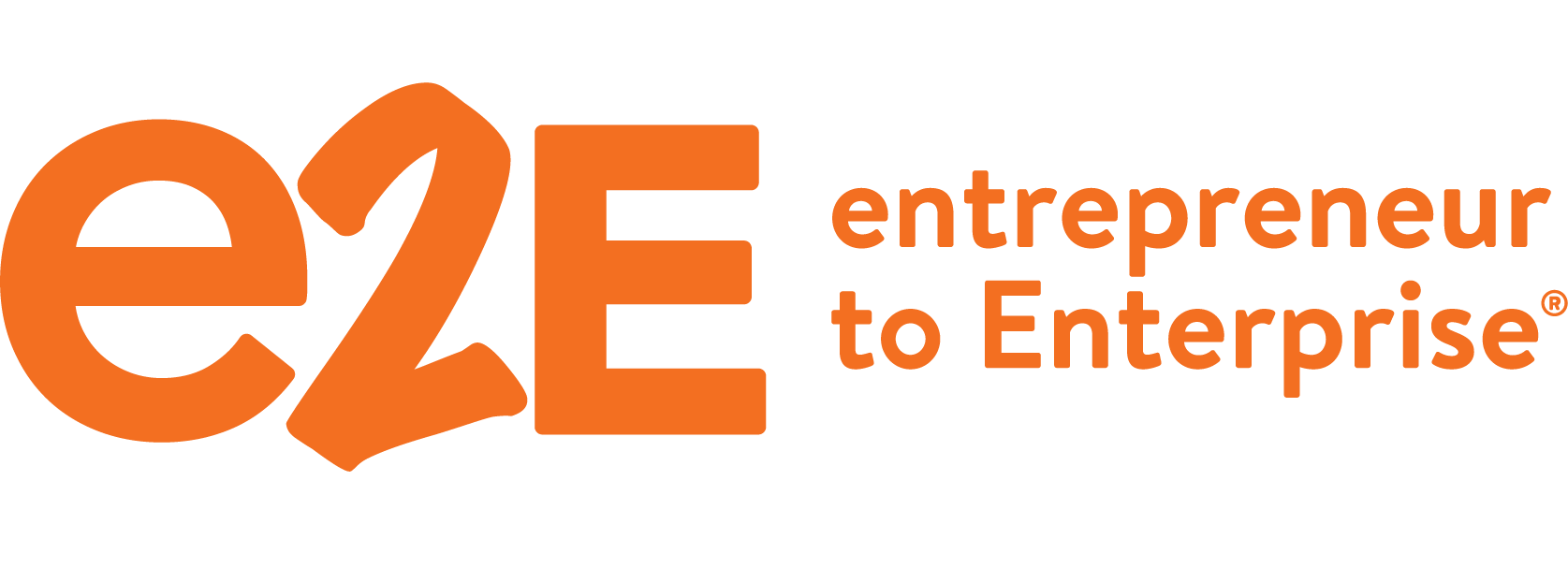Nonprofit organizations are no strangers to financial unpredictability. From fluctuating grant cycles to unpredictable donor behavior and shifting government priorities, managing cash flow isn’t just a finance task—it’s essential to mission success.
Kenna Valentine, e2E’s Finance Practice Leader and Chief Client Success Officer, has seen these patterns firsthand. “Unlike for-profit businesses that might have a steady flow of revenue from product or service sales, nonprofits often experience sharp peaks and valleys,” she explains. “One month might bring in a gala’s windfall, while the next might depend entirely on pledged donations that haven’t arrived yet”.
So, how can nonprofit leaders build financial resilience in the face of these cycles?
The Challenge: Inconsistent Revenue Streams
Nonprofits typically don’t enjoy the luxury of consistent cash inflow. Instead, they rely on seasonal donations, grants with rigid disbursement schedules, and federal or state funding that often comes with long waiting periods. And while the mission is always front and center, delayed payments can put programs, payroll, and even basic operations at risk.
“Cash flow isn’t just about having money in the bank,” says Valentine. “It’s about visibility, planning, and confidence. When a grant check is two months late, what do you do? That’s where planning and strategic cash management come in.”
The Solution: Reserves and Credit Lines
At e2E, one of the most common recommendations for nonprofits is to maintain a reserve fund equivalent to three to six months of fixed expenses. This “nest egg” allows nonprofits to keep essential programs running when external funding slows.
For some organizations, a board-approved line of credit can serve as a lifeline. “It’s not about debt, it’s about liquidity,” Valentine explains. “It allows organizations to smooth over timing issues, without sacrificing their mission or operations”.
This strategy becomes especially important when planning around government contracts or grant installments, which can be delayed due to bureaucratic or political factors beyond a nonprofit’s control.
Automation: A Transparency and Efficiency Game-Changer
Technology is transforming how nonprofits manage their finances, and that’s a good thing. Automation tools like Aplos, now a partner with e2E, are built specifically for nonprofit needs. These platforms make it easier to:
- Track restricted vs. unrestricted funds
- Generate audit-ready financials
- Produce real-time dashboards for board reporting
- Automate recurring entries and donor communications
“Many of the nonprofits we work with are still paper-based when we first meet them,” says Valentine. “They’re scanning invoices, handwriting checks, and manually entering data into spreadsheets. Not only does this slow them down—it increases the risk of errors and creates blind spots in their financial visibility”.
By implementing tools like Aplos, Ramp, and Gusto, e2E has helped nonprofits streamline everything from contractor payments to payroll to bill approvals. These systems integrate with bookkeeping software and reduce the need for manual oversight, freeing up leaders to focus on what matters most: impact.
Read more about how Automation can help with cash flow.
Better Forecasting = Better Decision-Making
With the right systems in place, nonprofits can forecast more accurately, plan more strategically, and avoid unnecessary crisis mode.
“You don’t have to guess whether you can afford to hire that new program director or launch a new initiative,” says Valentine. “With real-time cash dashboards, you can see trends, model scenarios, and make data-backed decisions.”
Forecasting becomes even more essential when an organization is scaling or experiencing a shift in funding. With integrated tools, nonprofit leaders can easily model “what-if” scenarios. What happens if a grant doesn’t come in on time? What if donations slow for a quarter? What if operating costs rise?
“It’s not about predicting the future with certainty,” Valentine says. “It’s about being ready, flexible, and informed.”
A Proactive Approach to Mission Resilience
Ultimately, thriving in the face of funding uncertainty requires a mindset shift: from reactive to proactive. Nonprofits that build reserves, secure flexible credit, and adopt automation early are better equipped to weather storms and seize opportunities.
“Even though it’s called ‘not-for-profit,’ that doesn’t mean organizations shouldn’t aim to build a surplus,” Valentine adds. “That surplus fuels stability. It funds innovation. It protects your team and your community when things get tough”.
In today’s environment, nonprofits can’t afford to operate on hope alone. They need tools, strategies, and financial systems that support both agility and transparency.
e2E: Your Financial Partner in Purpose
At e2E, we don’t just crunch numbers. We guide nonprofits through complex financial landscapes—helping them implement systems like Aplos, plan for timing gaps, and keep their missions moving forward.
Our team of CFOs, controllers, and nonprofit specialists has walked this path with dozens of organizations. We know the stakes. And we’re here to help nonprofits not only survive, but thrive even when the funding picture gets murky.
Let’s talk about how your organization can prepare for the unexpected and plan for sustainable impact.
Visit e2ekc.com to connect.
